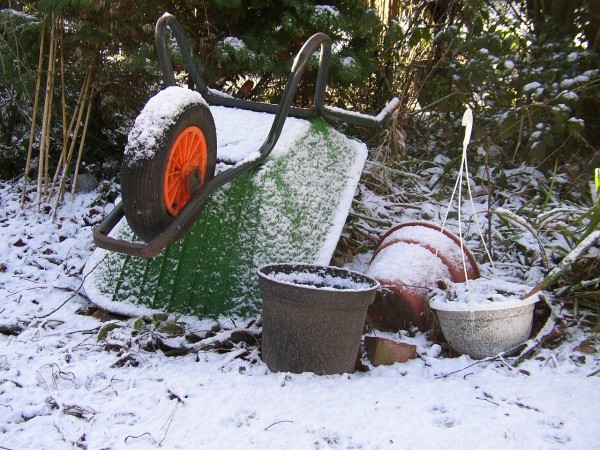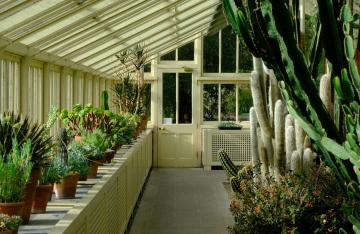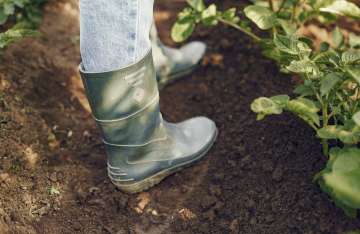As the nights get darker and the temperature drops, most people turn their thoughts indoors and their poor gardens are left to fend for themselves during the winter.
It’s hardly surprising; very few people want to be gardening outdoors in the cold, with nothing to show for it as all of the bulbs have gone in for the season.
However, this short-sighted approach can lead to regret come spring, when the first really sunny day arrives and you have to spend it repairing the damage of months of neglect!
So What Can You Do To Help Your Garden Through The Winter?
Firstly, you need to prep. In late autumn, start thinking about setting up a compost area for dead, fallen leaves. After that, cut any blackened stems to make sure that diseases can’t take hold as your plants lay dormant. While it might look like all activity has stopped, your plants will still need good soil and nutrients to ensure they can be at their best come spring and summer. A good quality soil improver will help your garden survive winter and thrive next year.
In November, consider spreading mulch – a thick, winter layer – to protect both the plants and the soil. That way any newly planted trees and shrubs can still feed on the nutrients. This will also help keep an even soil temperature and make sure your plants have a good chance of making it through the cold season.
Consider Working on the Aesthetics
You can also use the winter to build and create a feature in your garden to make sure it’s ready to be enjoyed when the sun starts to shine. You can even start working on your garden borders while your plants are all under the soil.
Start by drawing out your borders on paper, remembering to measure properly to make sure your ideas are realistic. Make a note of shaded areas to make sure that you’re going to be planting the right kind of shrubs and flowers there, and consider colours and when the flowers will appear. This kind of planning can help to keep your garden looking great for longer and will also give it clear structure for a neat finish.
A word of caution though, trying to have something flowering all year round can make your garden just look a bit unfinished all of the time. Try to blend evergreens with more spring and summer flowering plants to keep it looking consistent.
Next, it’s time to get stuck in. No need to get all wrapped up as you’ll soon be working up a sweat! Prepare your soil by incorporating a lot of garden compost or well-rotted manure. If your soil is in particularly poor shape, rake a potassium rich fertiliser in too.
After this, you can remove any invasive weeds and then leave the actual planting until early spring, knowing all of that extra prep will give your garden the best chance of shining when the sun is out. Once you have done all this, you can just sit back and enjoy the view of your garden until the spring.
Matt Coussens is the director of Milestone Supplies, an Essex-based company which provides roofing, natural stone and reclaimed products.




